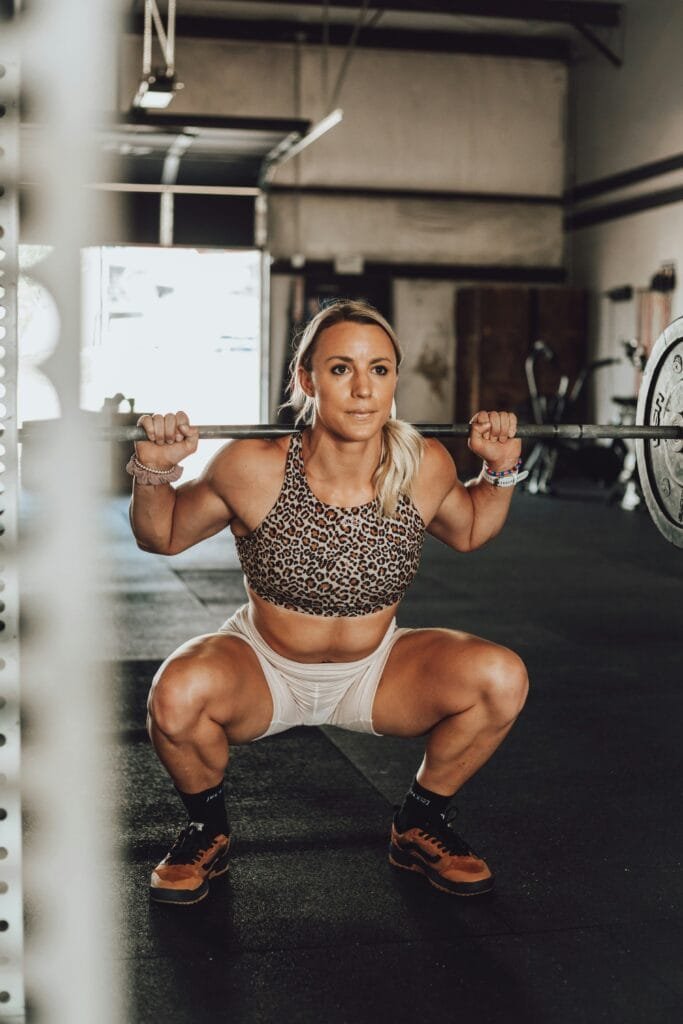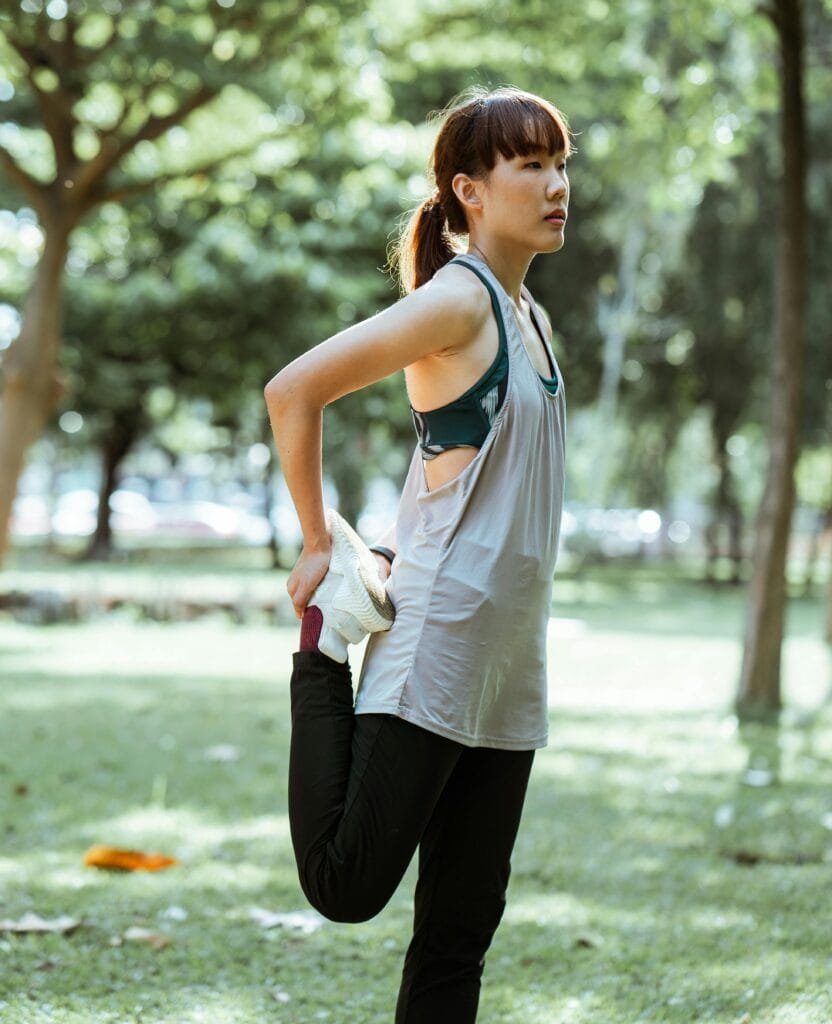Why You Should Always Prioritize Leg Day: Advantages of Lower Body Strength Training
What is Leg Day?
“Leg day” denotes a workout session focused on strengthening and building the muscles in your lower body. This typically includes exercises targeting major leg muscle groups, like the quadriceps (front thigh), hamstrings (back thigh), glutes (buttocks), calves, and even lower back and hip muscles. Common leg day exercises include squats, lunges, deadlifts, leg presses, and calf raises.

Why is Leg Day Essential?
Training your legs is important for various reasons concerning physical fitness and overall health:
1. Building Strength and Muscle Mass
- Lower Body Power: The legs consist of some of the body’s largest muscles. Regular training builds strength and muscle mass vital for both athletic performance and daily tasks like walking, running, lifting, and climbing stairs.
- Enhanced Performance: Strong legs elevate your capacity to engage in sports and physical activities, whether running, jumping, or performing any exercise. Lower body strength is foundational for overall athletic capability.
2. Supporting Overall Body Strength
- Foundation of Strength: Your legs provide the structural support for your entire body. When your lower body is robust, it steadies and stabilizes your body during workouts and daily activities.
- Functional Fitness: Leg exercises frequently engage the core and upper body, promoting functional fitness. For instance, squats and deadlifts require core stabilization, thus enhancing overall body strength.
3. Enhancing Metabolic Rate
- Calorie Burning: Leg day routines usually involve large muscle groups, leading to significant calorie burn, even after your workout ends. This phenomenon is known as the “afterburn effect,” which continues to burn calories during recovery.
- Boosted Metabolism: Regular leg workouts can increase your basal metabolic rate (BMR), meaning you burn additional calories even at rest. This can assist with fat loss and promote overall metabolic well-being.
4. Improving Balance and Stability
- Core and Joint Stability: Many leg exercises, like lunges and single-leg squats, strengthen your balance and coordination. These movements enhance leg strength while also improving overall stability, which essential for injury prevention.
- Joint Health: Consistent leg training healthy joints by bolstering the muscles and connective tissues surrounding the knees hips, and ankles.
5. Preventing Muscle Imbalance
- Balanced Physique: Prioritizing upper body workouts can create muscle imbalances that affect posture and increase injury risks. Training legs ensures your body stays proportionate and well-balanced.
- Injury Prevention: Strong help support and stabilize your lower back, lowering the risk of back pain and injuries associated with weak lower body muscles.
6. Enhance Mental Toughness
- Pushing Limits: Leg day is often deemed one of the toughest workout sessions because it focuses on large muscle groups and requires considerable energy. Overcoming these workouts builds mental resilience and toughness, which can positively impact other areas of your life.

Part 1: Warm-Up for Leg Day
Kicking off leg day without a proper warm-up is like jumping into a cold pool without dipping your toe in first—not the smartest move. A good warm-up primes your muscles, joints, and cardiovascular system for the workout ahead, boosting your performance and reducing the risk of injury.
Stretching and Dynamic Movement
1. Hip Flexor Stretch
- How to Perform: Assume a lunge position with one knee on the floor and the other foot in front, creating a 90-degree angle at the knee. Gently press your hips forward while keeping your back straight. Maintain this position for 20-30 seconds per side.
- Benefits: This stretch alleviates tension in the hip flexors, which can be tight from sitting for long periods. It improves hip mobility, essential for exercises like squats and lunges.
2. Hamstring Stretch
- How to Perform: Stand with your feet hip-width apart. Extend one leg straight out in front of you, with your heel on the ground and toes pointing up. Lean forward from your hips (not your back!) and hold for 20-30 seconds on each side.
- Benefits: Stretching the hamstrings not only improves flexibility but also helps prevent those annoying strains during leg workouts.
3. Dynamic Leg Swings
- How to Perform: Stand next to a wall or something sturdy for support. Swing one leg forward and backward in a controlled manner, gradually increasing your range of motion. Do 10-15 swings per leg.
- Benefits: This movement activates and warms up the hip flexors, hamstrings, and glutes, which are all crucial for exercises like deadlifts and leg presses.
Why It Matters: Engaging in dynamic stretching before leg day isn’t just about getting loose. It’s about preparing your muscles and joints for the work ahead, increasing blood flow, and even lubricating your joints to minimize friction and reduce injury risks.
Part 2: Five Key Leg Exercises
Now that you’re all warmed up, it’s time to get down to business. These five exercises are the bread and butter of leg day, targeting the major muscle groups in your lower body and helping you build strength, stability, and power.
1. Squats
- How to Perform: Stand with your feet shoulder-width apart. Lower your body by bending your knees and moving your hips back, as if you’re about to sit in an invisible chair. Keep your chest up and your knees aligned with your toes. Push through your heels to stand back up.
- Sets and Reps: 3 sets of 10-12 reps
- Benefits: Squats are the king of leg exercises. They work the quadriceps, hamstrings, glutes, and even your core. Plus, they’re a great way to burn calories and build functional strength.

2. Lunges
- How to Perform: Start with your feet together. Step forward with one leg and lower your hips until both knees are bent at a 90-degree angle. Push yourself back up to the starting position and switch legs.
- Sets and Reps: 3 sets of 10-12 reps per leg
- Benefits: Lunges are fantastic for building unilateral strength, which helps correct imbalances between your legs. They also engage your core and improve balance and coordination.

3. Deadlifts
- How to Perform: Stand with your feet hip-width apart, holding a barbell or dumbbells in front of your thighs. Hinge at your hips, lowering the weight while keeping your back straight and your shoulders pulled back. Drive your hips forward to return to the starting position.
- Sets and Reps: 3 sets of 8-10 reps
- Benefits: Deadlifts are a powerhouse exercise that targets your hamstrings, glutes, lower back, and core. They’re essential for building a strong posterior chain and improving overall body conditioning.

4. Leg Press
- How to Perform: Sit on a leg press machine with your feet shoulder-width apart on the platform. Bend your knees to lower the platform, then push it back up using your legs.
- Sets and Reps: 3 sets of 10-12 reps
- Benefits: The leg press is a great way to build lower body strength without putting too much strain on your lower back. It’s especially useful for targeting the quadriceps, hamstrings, and glutes.providing an excellent option for building lower body strength with reduced lower back strain.

5. Calf Raises
How to Perform: Stand on a raised platform or step with your heels hanging off the edge. Rise onto your toes, lifting your heels as high as possible, then lower them back down.
- Sets and Reps: 3 sets of 15-20 reps
- Benefits: Calf raises strengthen the calf muscles, improving ankle stability and enhancing your performance in other lower body exercises.
Proper Form and Stability:
Maintaining proper form is critical to maximizing the benefits of these exercises and preventing injury. Focus on controlled movements, engage your core, and avoid locking your joints. If you’re new to these exercises, start with lighter weights and gradually increase as you build strength.
Part 3: Cool-Down Routine
After an intense leg day workout, cooling down is just as important as warming up. A proper cool-down helps your body transition from an active state to rest, reduces muscle stiffness, and accelerates recovery.
Stretching and Recovery Movements
1. Quad Stretch
- How to Perform: Stand tall and grab your ankle, pulling it towards your glutes. Keep your knees close together and hold the stretch for 20-30 seconds on each leg.
- Benefits: Stretches the quadriceps, reducing muscle tightness and improving flexibility.

2. Hamstring Stretch (Seated or Standing)
- How to Perform: Sit on the ground with one leg extended and the other bent. Reach for your toes on the extended leg while keeping your back straight. Hold for 20-30 seconds on each leg.
- Benefits: Eases tension in the hamstrings, promoting muscle recovery and preventing stiffness.

3. Child’s Pose
- How to Perform: Kneel on the ground, sit back on your heels, and stretch your arms forward while lowering your chest to the ground. Hold for 30 seconds.
- Benefits: Stretches the lower back and hips, releasing tension and promoting relaxation.

Scientific Reasoning:
Cooling down gradually lowers your heart rate and helps clear metabolic waste like lactic acid from your muscles, reducing soreness. Stretching post-workout helps maintain muscle flexibility and joint range of motion, aiding in quicker recovery and reducing the risk of injury.

1 thought on “Leg Day”